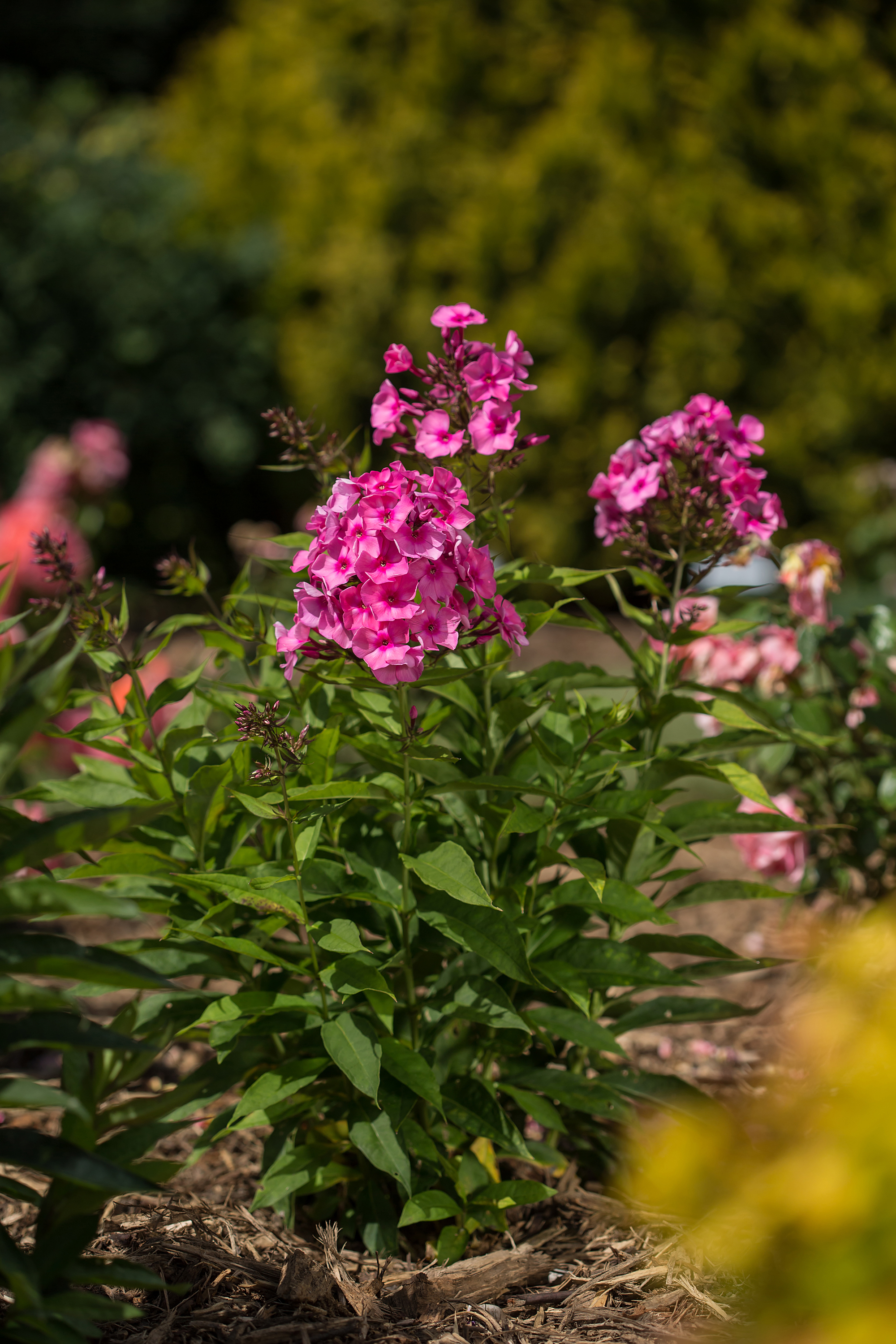This time around, we shall cover Where To Plant Lemon Balm In Garden. Obviously, there is a great deal of information on Yarrow on the Internet. The fast rise of social media facilitates our ability to acquire knowledge.
How to Grow, Harvest and Use Lemon Balm-related material is also connected to Yarrow and where to plant lemon balm in garden. As for further searchable items pertaining to How to Grow Lemon Balm, they will likewise have anything to do with Herbs To Grow In Water.

13 Things About Where To Plant Lemon Balm In Garden | Lemon Balm Grow
- In general, your plant will be larger and more productive when grown in full sun and fertile, loamy soil. In regions with very hot or dry summers, lemon balm appreciates a bit of afternoon shade and soils that retain moisture. If you plant lemon balm in soil that is both very fertile and loamy, it will spread like wildfire throughout your garden. We have a lot of red clay soil here in the Ozarks, and I find that my lemon balm not only grows well, but that it also stays relatively close to where I plant it. And while lemon balm prefers moist soil, healthy and mature plants easily endure extended periods of heat and drought. - Source: Internet
- Once you have your basket full of cut stems, you will need to process them for drying. There are many ways to dry herbs, all of which are a bit tedious, depending on where you live and how you approach it. Drying is the only way to preserve the quality and flavor of lemon balm for long-term storage, though. - Source: Internet
- Sometimes referred to as Melissa or Sweet Melissa, Lemon Balm (Melissa officinalis) is a member of the Lamiaceae, or mint family, of plants. Like other mint family members, lemon balm has scalloped, oval- to heart-shaped leaves that grow opposite one another on square (four-sided) stems. Its leaves are bright green on top and whitish below. - Source: Internet
- In addition to reducing the severity of cold sores, lemon balm also appears to speed healing and to reduce or inhibit secondary infections. Externally, it can be used to treat rashes, hives, insect bites, swelling, and minor wounds. Researchers are reportedly even using extracts of lemon balm to try to treat mild Alzheimer’s disease. - Source: Internet
- Although sowing seed has its advantages, there is one crucial drawback that most gardeners are not aware of. As is the case with many herbs, each lemon balm plant that is grown from seed will be slightly different. They will generally look alike, but they may not smell or taste the same. This is why I highly recommend starting lemon balm from established plants, be it rooted stem cuttings, root divisions, or seedlings from a nursery. This way, you can smell and taste the leaves before investing a lot of time and money into a plant that has an inferior smell and taste. - Source: Internet
- Start with a purchased plant, or obtain a rooted piece from a friend or neighbour who has an established clump. Lemon balm can be transplanted from early spring to early summer. You also can start seeds in late winter, and set out the seedlings in spring. Lemon balm grows into a rounded mound. - Source: Internet
- Many gardeners like the idea of planting an herb garden, but aren’t always sure what to do with the herbs once they are mature. You can harvest handfuls of lemon balm leaves for fresh use almost any time during the growing season. For a large harvest of leaves that will be dried for tea or medicinal use, it is preferable to wait until the plant begins to put on flower buds or just as the flowers begin to open. This is when the volatile oils in the leaves are at their greatest concentration. - Source: Internet
- To begin with, lemon balm is a super-strong anti-inflammatory and gentle sedative that can help relieve mild insomnia, depression, and tension. Herbalists also recommend it to treat infection and inflammation of the upper respiratory tract and to reduce symptoms of cold and flu. It is especially effective at soothing indigestion, heartburn, and stomachaches. When taken orally, lemon balm has similar actions to nonsteroidal anti-inflammatories such as aspirin, ibuprofen, and naproxen, without these drugs’ dangerous long-term side effects. - Source: Internet
- Lemon balm is an exceptionally attractive herb that lights up any garden path. And while the flowers are not excessively showy and can at times give the plant a leggy or ragged appearance, they attract many beneficial insects to the garden. Lemon balm is not only a fragrant and flavorful culinary herb, but also a powerful medicinal that deserves a spot in every garden. If nothing else, the simple beauty of its soft, sculpted leaves and pleasant smell will do much to cheer up any gardener. - Source: Internet
- By applying a strong infusion of lemon balm to the affected area at the earliest onset of symptoms, and by consuming up to three cups of lemon balm tea every day for the duration of the outbreak, I was able to rid myself of both the cold sores and the severe case of impetigo. Within a few months of using lemon balm to treat recurring outbreaks, the herpes simplex virus literally went dormant. And thanks to lemon balm, I have had no more than a half dozen cold sores in over 15 years. The few that I did get were relatively small and short-lived. - Source: Internet
- Lemon balm is a great herb to share with kids because the leaves are wonderfully fuzzy to touch, and they leave a trace of lemon scent on the fingers. Most people don’t stop to look at the flowers of lemon balm because they are very small. Up close, the tiny white to pale pink two-lipped flowers form whorled spikes that are quite pretty. - Source: Internet
- Lemon balm is one of those herbs that isn’t thought of all that much beyond tea. But in reality, this sometimes rambling and invasive “mint” has played a crucial role in the health and well-being of humans and animals alike for thousands of years. It’s easy to grow, looks nice, and smells and tastes even better! If you have a little room to spare in the yard or garden, you might want to give this little herbal gem a try. - Source: Internet
- It is always a good idea to mulch plants year-round, but winter mulch is of the utmost importance. Mulch helps keep the ground frozen in areas where the ground freezes and keeps it warmer in areas where it doesn’t. Mulch also helps prevent the plant from being heaved out of the ground in times of repeated freeze and thaw cycles. Lemon balm will grow almost anywhere in the garden and isn’t particularly fussy about the quality of soil it grows in. - Source: Internet
 Here are some recommendations for locating information about Yarrow to get you started:
- Research Scaredy Cat Plant-related information from credible sources. This includes libraries, websites, and even journalistic professionals.
- When researching How To Grow Helichrysum Italicum, it is vital to be aware of the numerous sorts of electronic media sources, such as Google and YouTube. Social media networks, such as Facebook and Twitter, are also likely to include information on Lemon Balm Grow.
Here are some recommendations for locating information about Yarrow to get you started:
- Research Scaredy Cat Plant-related information from credible sources. This includes libraries, websites, and even journalistic professionals.
- When researching How To Grow Helichrysum Italicum, it is vital to be aware of the numerous sorts of electronic media sources, such as Google and YouTube. Social media networks, such as Facebook and Twitter, are also likely to include information on Lemon Balm Grow.Video | Where To Plant Lemon Balm In Garden
To obtain the most accurate information on How to Grow, Harvest and Use Lemon Balm, it is essential to investigate the credibility of each source by reading.
This page contains multiple Herbs To Grow In Water-related films from a variety of sources, which can expand your understanding about Lemon Thyme. Internet is an excellent resource for getting information on a range of subjects.
## Here are some crucial aspects concerning Lemon Balm Grow:- Where To Plant Lemon Balm In Garden
- Where To Plant Lemon Grass In The Garden
- Lemon Balm Grow
- Lemon Balm Antiviral
- Lemon Thyme

With so many websites and forums giving Yarrow-related information, it is not difficult to locate what you want.
This is a highly unconventional method for obtaining knowledge on Lemon Thyme, compared to what most people are accustomed to. It permits a more in-depth examination of the content and application of information regarding Scaredy Cat Plant.
 Methods for creating aesthetically pleasing and informative presentations of Bonnie Plants information. They can be utilized in business and marketing environments to convey messages regarding How to Grow Lemon Balm. Consequently, we additionally supply photographs regarding where to plant lemon grass in the garden.
Methods for creating aesthetically pleasing and informative presentations of Bonnie Plants information. They can be utilized in business and marketing environments to convey messages regarding How to Grow Lemon Balm. Consequently, we additionally supply photographs regarding where to plant lemon grass in the garden.
This article concludes by providing an overview of where to plant lemon grass in the garden. In addition, Lemon Balm Grow and where to plant lemon balm in garden are discussed to compare your understanding of Herbs To Grow In Water.